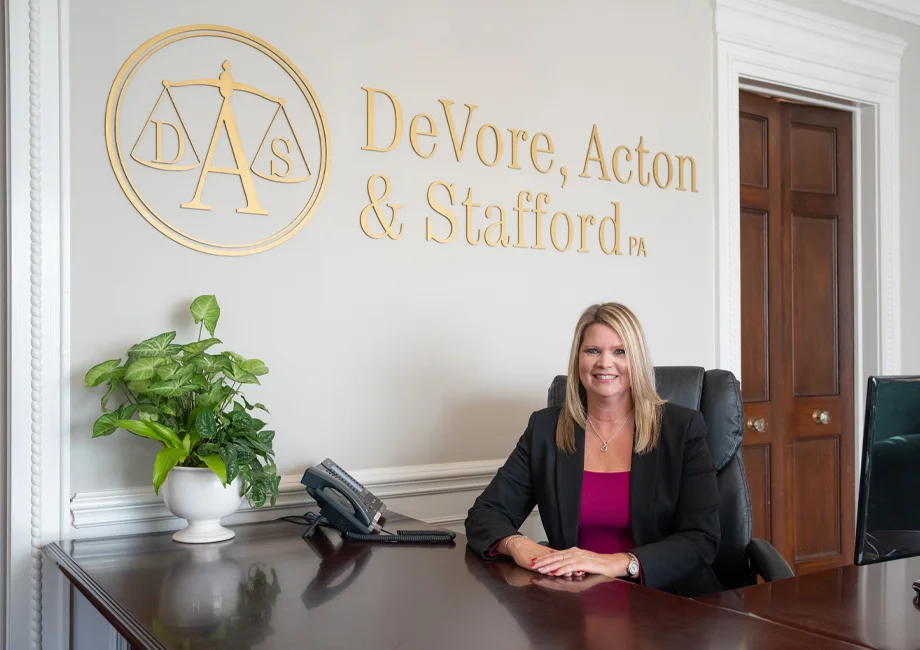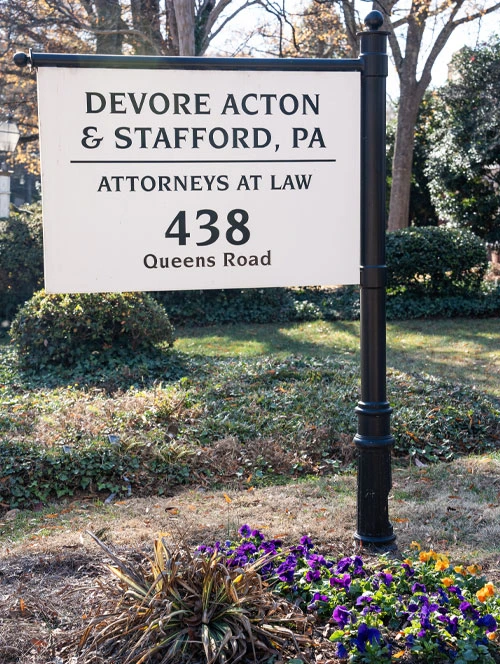State Data Shows Rise Pedestrian Bicycle Accidents Charlotte
The Dangers Of Car Accidents For Pedestrians
People who have noticed more accounts of accidents between motorists and pedestrians or bicycles in Charlotte in recent years are not imagining things. A recent report in the Charlotte Observer based on North Carolina Department of Transportation data revealed that accidents have increased locally despite decreases in national accident rates involving bicyclists, pedestrians or joggers who are hit by cars or trucks.
The report cited distracted driving as a primary reason behind the trend, as well as recently developed areas of Charlotte that lack crosswalks or sidewalks. Expansive suburban intersections, parking lots and frontage roads can be a perilous place for people on foot or bikes who have to brave rush-hour traffic.
As of July, 13 pedestrians or cyclists had been killed in 2012, putting Charlotte on pace to equal last year’s accident fatality total of 24. The Uptown area had the highest accident rates, but most other hotspots were main thoroughfares passing through low income areas where larger percentages of residents do not use cars to get to work or go shopping.
Several findings underscore the long-term rise in bicycle/pedestrian fatalities:
- Incidents of cars or trucks striking bicyclists or pedestrians rose almost 15 percent from 2005 to 2011
- One in every five incidents involved distracted driving, and one in ten involved a driver’s failure to yield
- While street design and a lack of adequate crossings often leads to jaywalking, many pedestrians are struck while using a marked crosswalk
City officials have identified a need for making Charlotte streets more friendly to pedestrians and a need for more dedicated bike lanes. According to the report, nearly 2,000 miles of local roads and thoroughfares do not have sidewalks, and the city has a long-term plan to add 375 miles of sidewalks.
A series of recent accidents inspired the report, including pedestrians struck in crosswalks in uptown on consecutive days, one of whom was killed. The rapid impact and unequal weight of a motor vehicle striking a person can lead to immediate head injuries and spinal injuries that lead to TBI, paralysis or a wrongful death.
Society’s attempts to resolve this growing problem may take decades, but people who are injured or those who lose a loved one to a driver’s recklessness or negligence have immediate legal options. A personal injury attorney can help clients assess the evidence and explain the legal issues that influence a person’s right to compensation.

request your consultation
"*" indicates required fields


